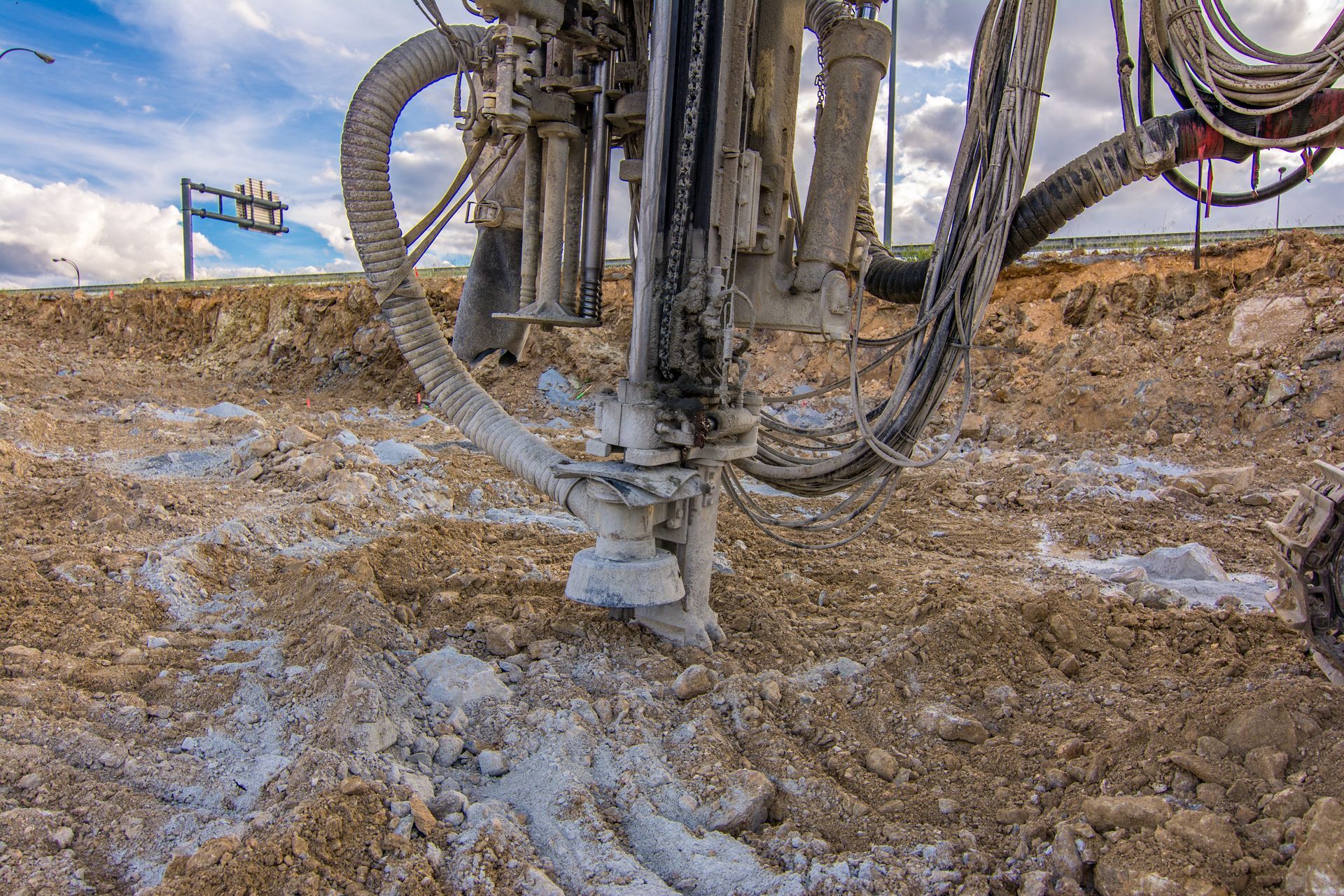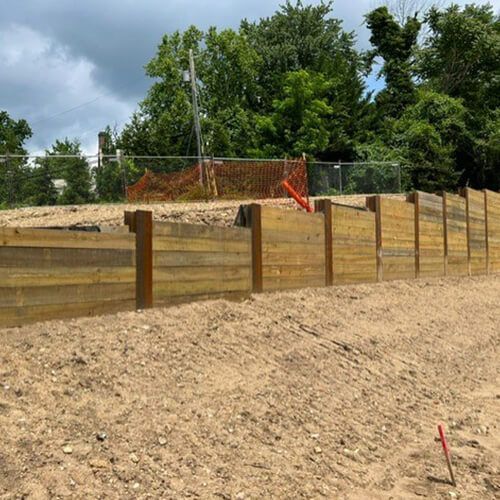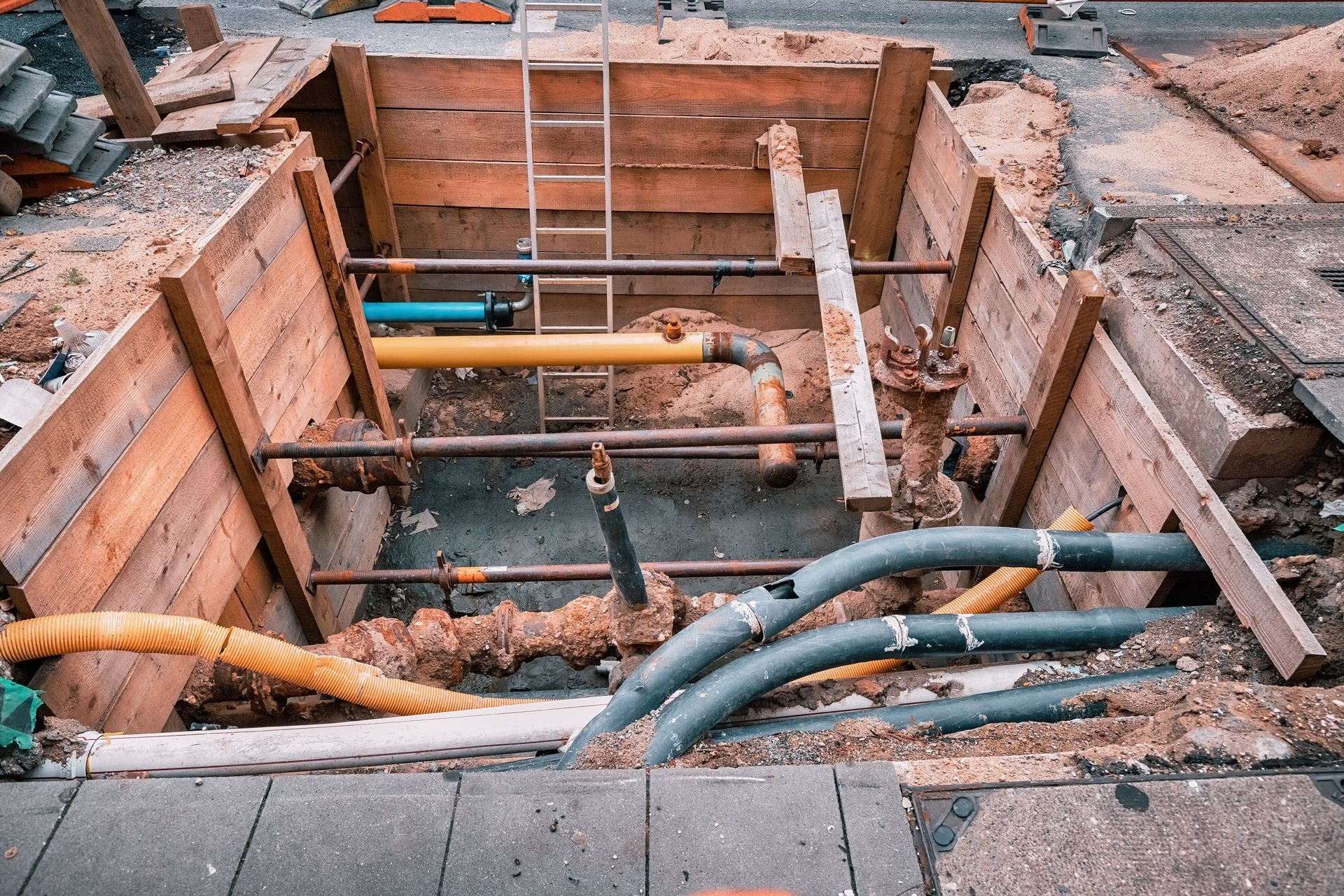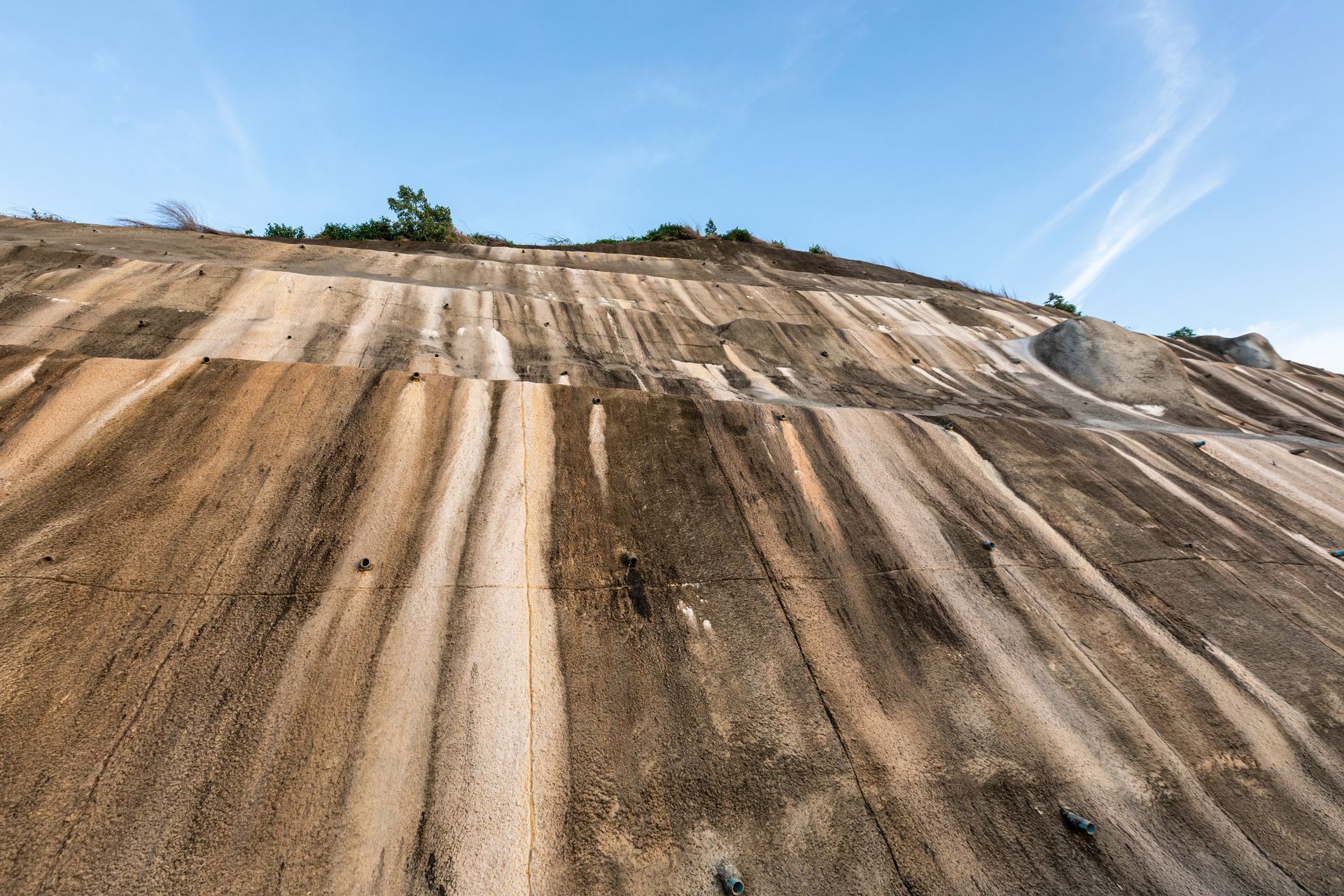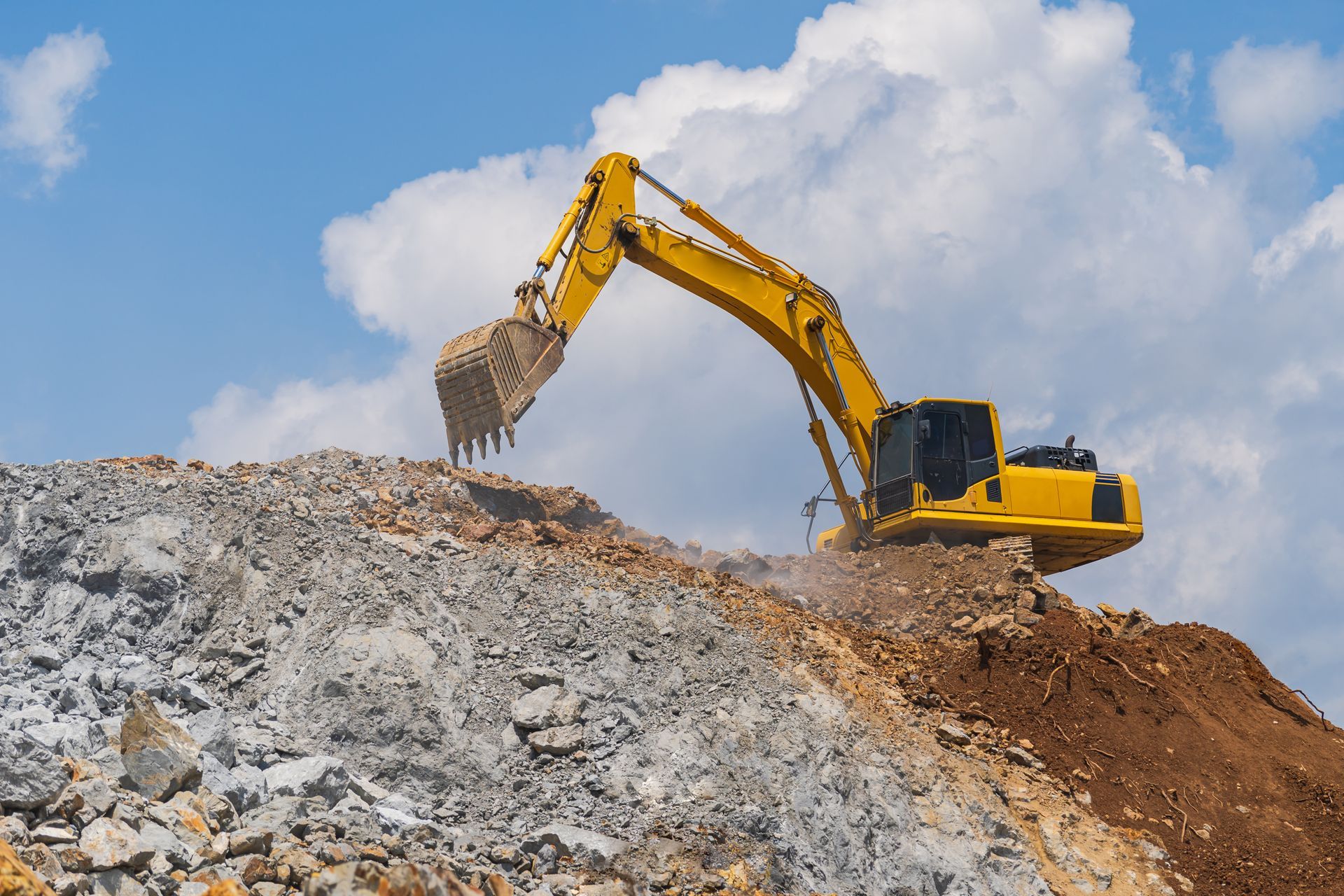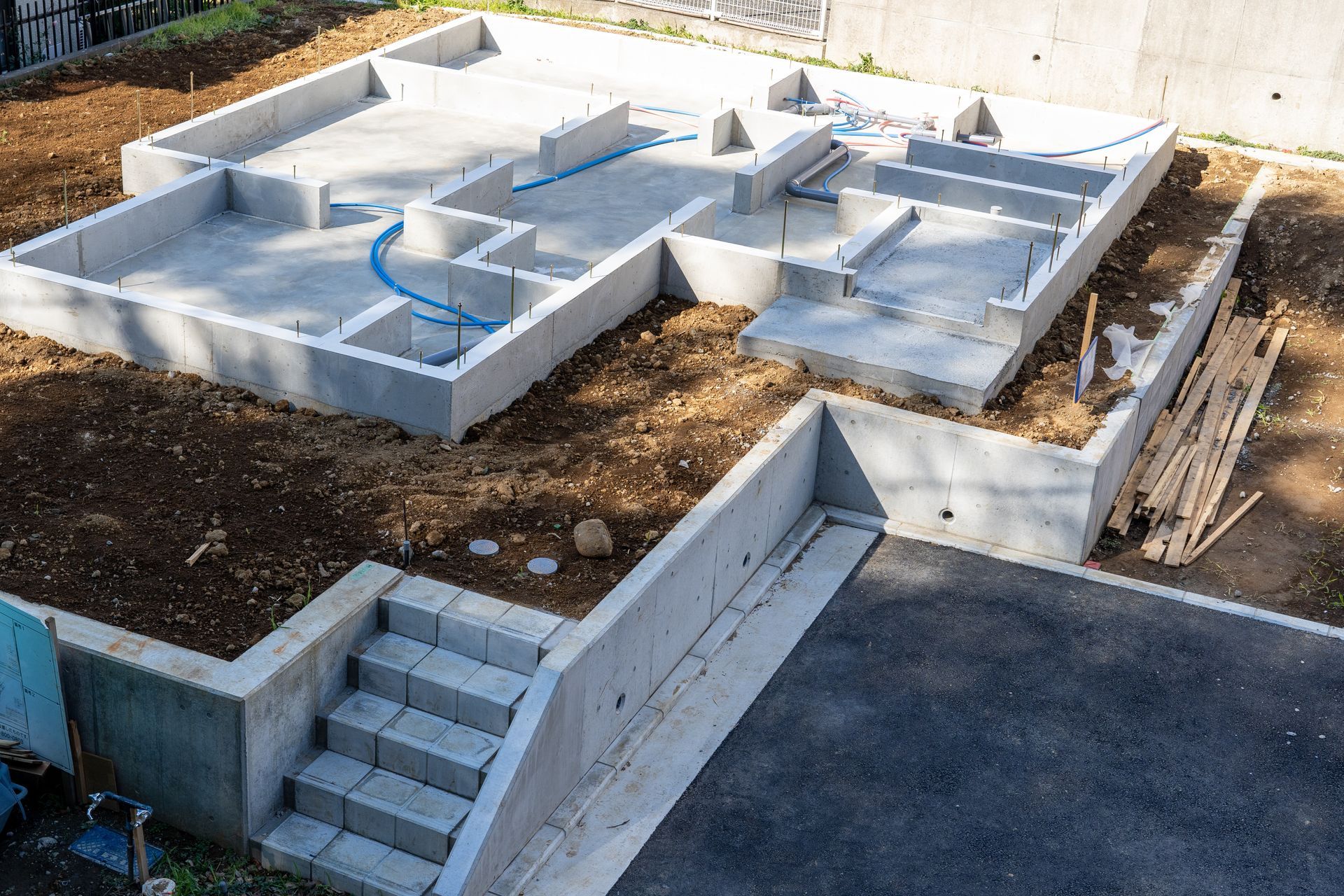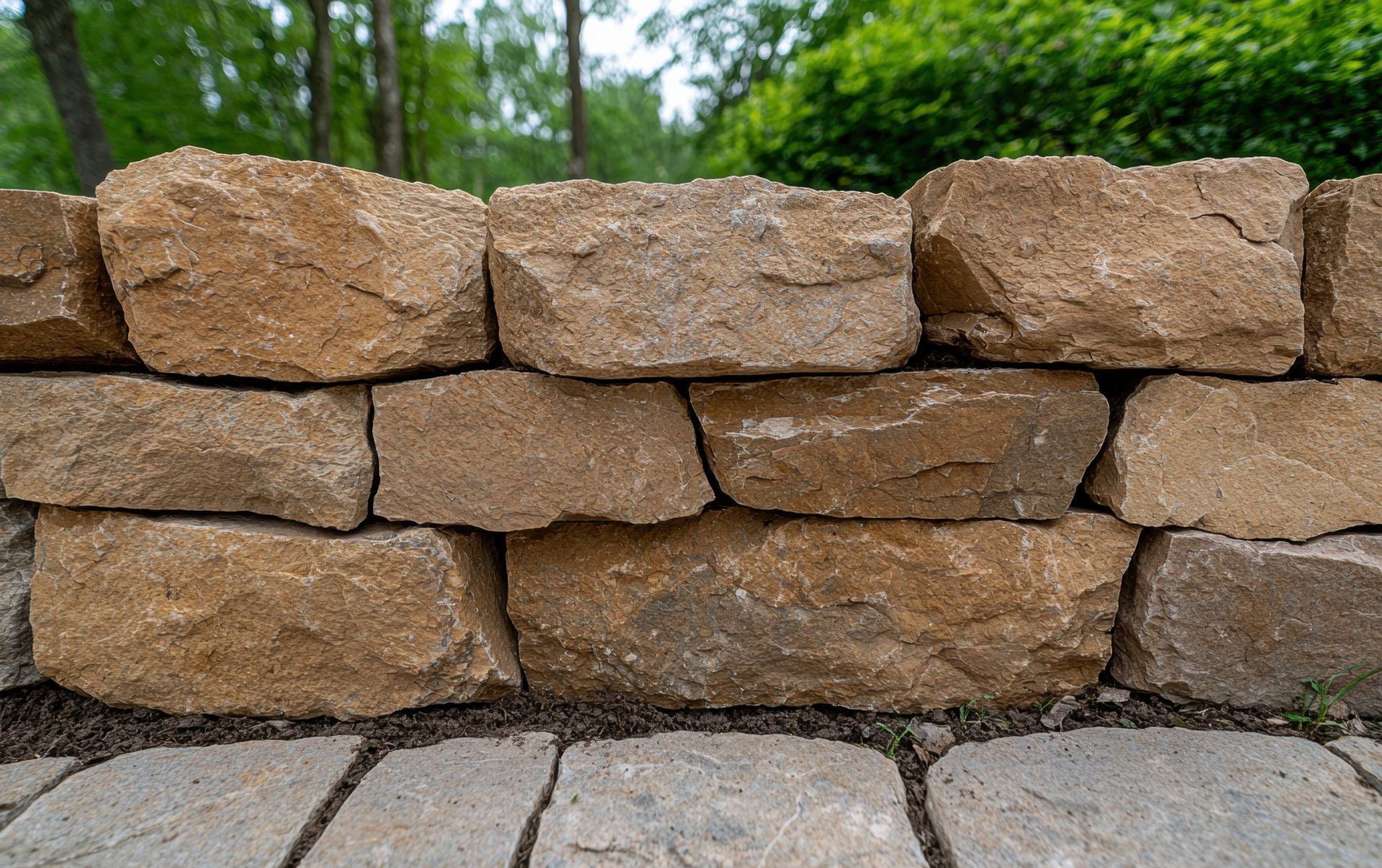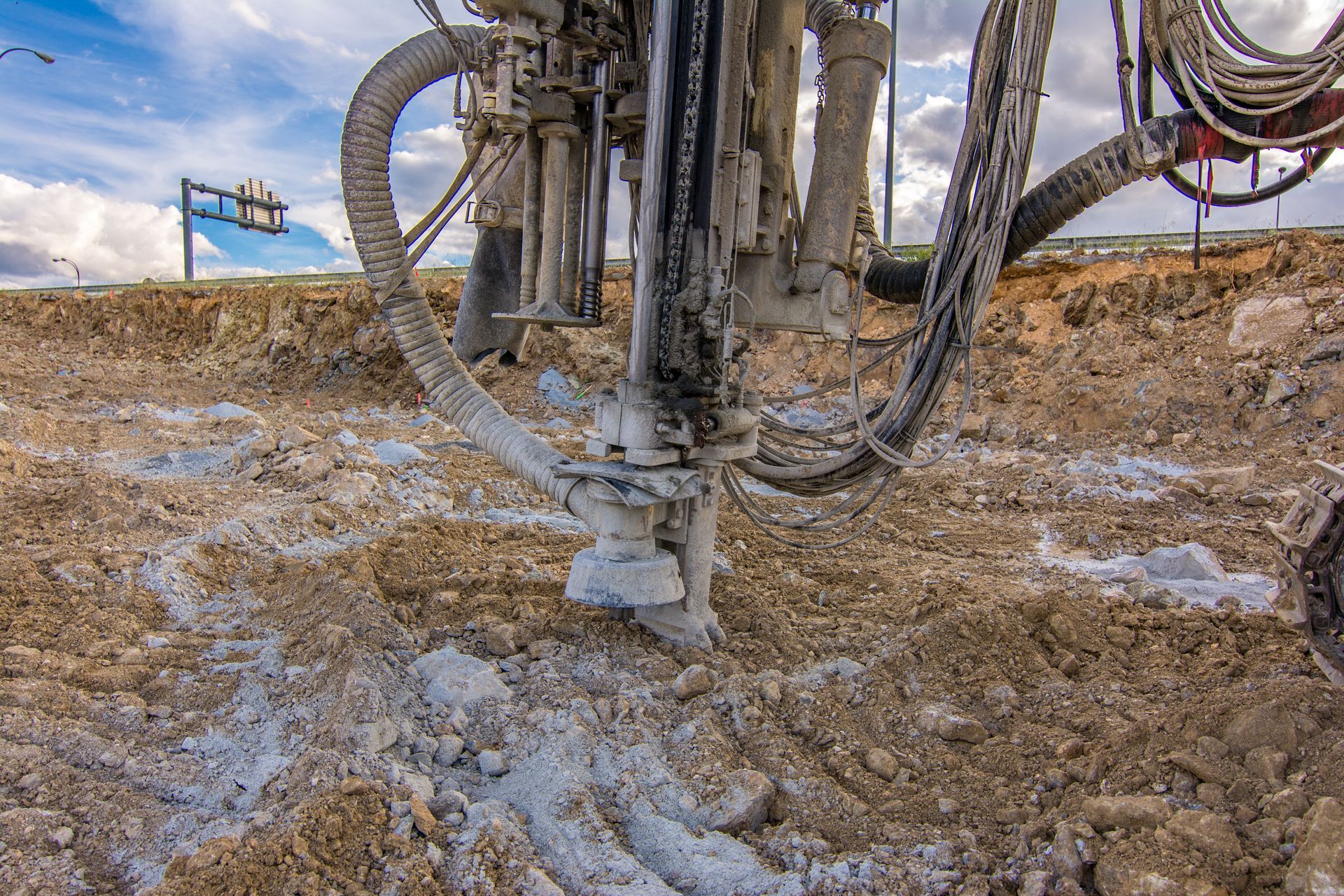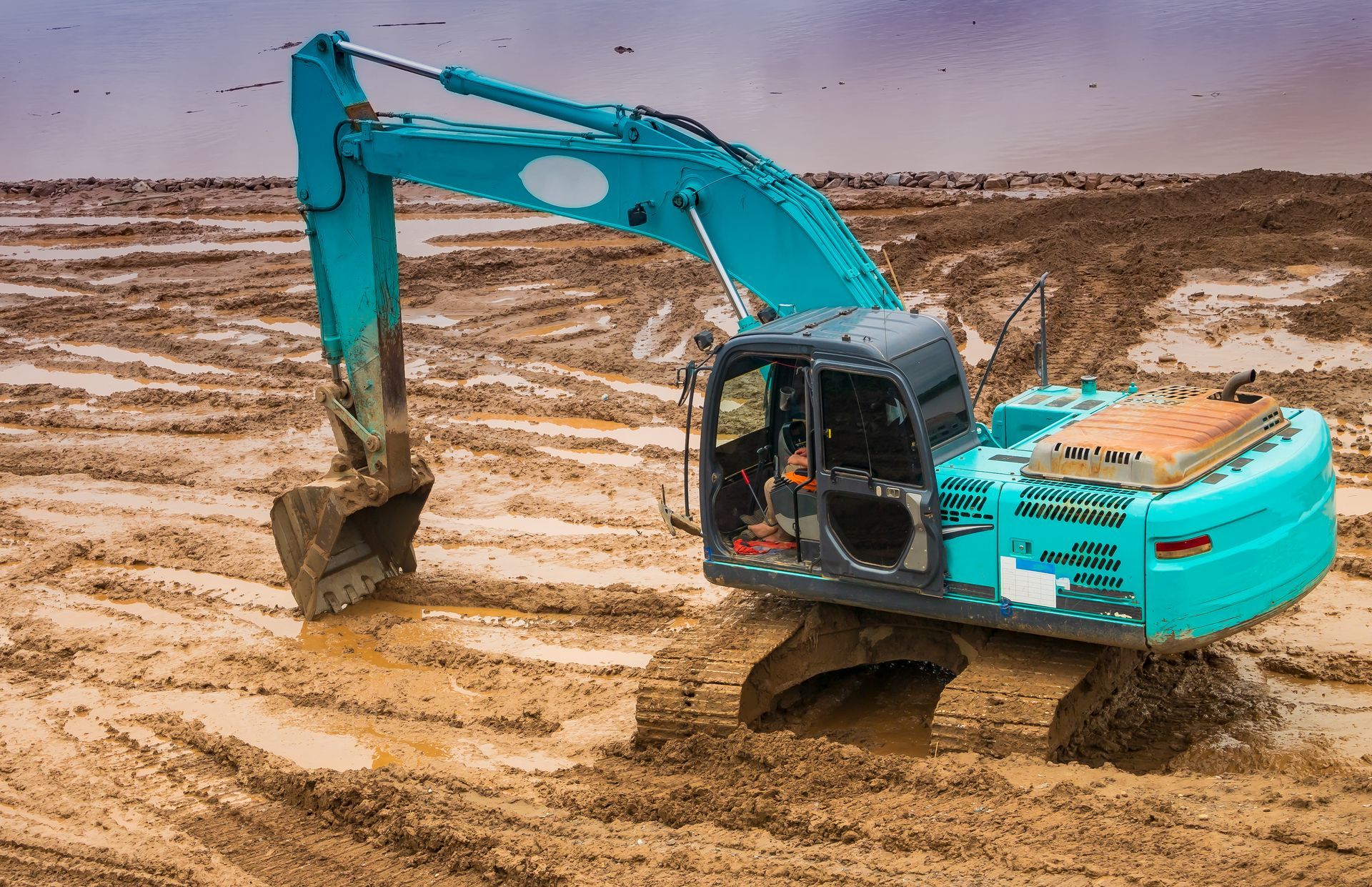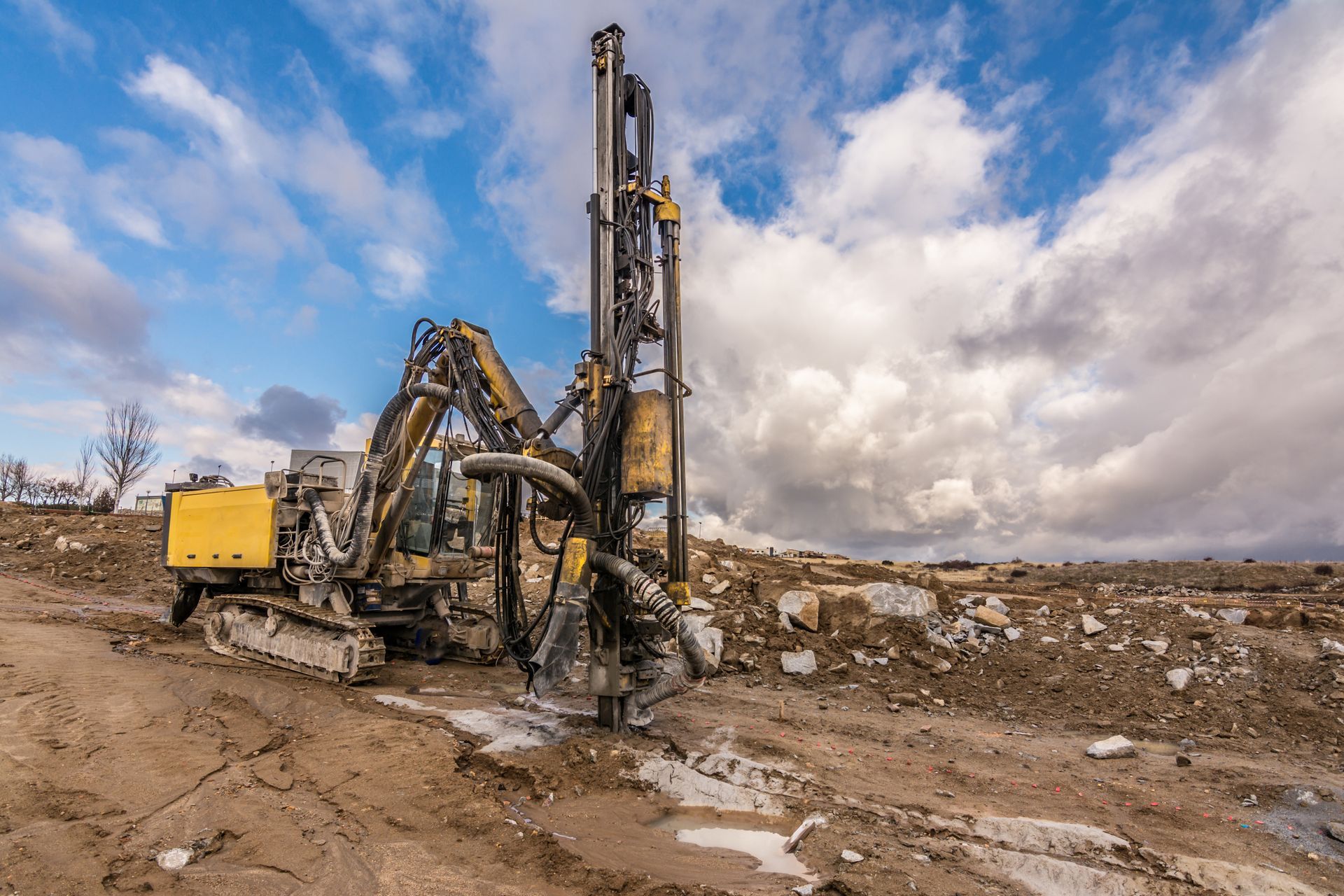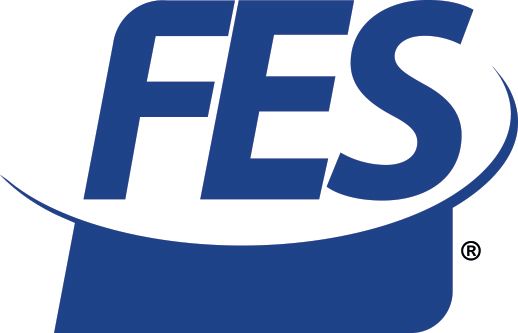Drainage Improvement and Erosion Control: Safeguarding Your Property Against Water Damage
Water is essential for life—but not when it’s pooling in your backyard or washing away your business’s foundation. Whether you're a homeowner tired of swampy lawns or a commercial property owner watching your investment slowly erode away (pun intended), drainage issues are more than just a soggy nuisance. They're a silent destroyer of property value, safety, and peace of mind.
Luckily, that’s where Drainage Improvement and Erosion Control Services come in. This guide will walk you through everything you need to know to protect your property and keep your landscape in check—without needing to wear galoshes in your living room.
Why Drainage Improvement Is a Big Deal (Seriously)
When most people think of water damage, they picture burst pipes or flooded basements. But water can wreak havoc long before it gets inside. Poor drainage can lead to:
- Foundation cracks
- Landscape erosion
- Mold and mildew buildup
- Flooded lawns and driveways
- Sinkholes (yes, they happen)
Drainage improvement isn’t about redirecting water just for fun—it’s about long-term property health. A well-designed system keeps water flowing where it should and away from the places you love.
Common Signs You Need Drainage Help:
- Puddles that stick around long after the rain stops
- Water stains on your foundation or basement walls
- Grass that’s greener in weird patches (hello underground springs)
- Driveways or walkways sinking or cracking
- Musty smells near your crawl spaces
Think of a well-designed
Water Drainage System as your home’s hidden shield—quiet, but essential.
Erosion Control Services: Not Just for Cliffside Mansions
Erosion isn’t just a beach or mountain problem. Even flat suburban lawns can lose soil due to wind, rain, and poor planning. And once that topsoil starts to slip away, everything from plants to pavement starts following it.
Erosion Control Services are designed to:
- Preserve soil and landscaping
- Protect the stability of your foundation or structure
- Reduce sediment runoff into storm drains and water systems
- Prevent washouts in high-traffic areas
Erosion Control Techniques That Work:
- Silt Fencing – A temporary barrier that prevents runoff from construction or landscaping areas.
- Riprap – Large stones placed to slow water flow on slopes or around culverts.
- Terracing – Creating level areas on slopes to slow runoff.
- Vegetative Cover – Using grass, shrubs, or other ground cover to lock in soil.
- Mulching – Adds a protective layer and reduces erosion while promoting plant health.
You don’t have to live on a hillside to benefit from erosion control. If your mulch is always disappearing after storms or your flowerbeds are inching closer to your driveway, erosion is already knocking on your door.
Commercial Drainage Systems: More Than Just a Pipe Dream
Commercial properties face a whole different level of drainage challenges. From parking lots to flat-roofed buildings, if you don’t have a commercial drainage system, you’re playing a risky game with expensive property and daily operations.
Features of a Smart Commercial Drainage System:
- Catch Basins – Trap debris before it clogs pipes or enters the city’s storm system.
- Channel Drains – Long, narrow drains great for loading docks and entryways.
- French Drains – Perforated pipes surrounded by gravel that redirect water underground.
- Grading and Sloping – Ensuring water naturally flows away from your building.
When businesses cut corners on
Commercial Drainage Systems, they often pay for it later with parking lot sinkholes, sidewalk cracks, and waterlogged lawns that become mosquito hotels. Don't be that business. Be the one whose property still looks great after a rainstorm.
Drainage + Erosion: The Dream Team for Property Protection
When you combine smart drainage improvement with solid erosion control services, your property becomes a fortress against the forces of water.
These systems work best together because they target different stages of water flow:
- Drainage Improvement handles where the water goes
- Erosion Control manages
how the landscape holds up
Together, they protect everything from your building’s foundation to your outdoor spaces.
Benefits of an Integrated Approach:
- Lower long-term maintenance costs
- Fewer landscaping repairs after storms
- Protection against mold and mildew
- Improved curb appeal and resale value
- Peace of mind when you hear thunder
It’s like pairing peanut butter and jelly. Separately, they’re good. Together? Legendary.
DIY Drainage: What You Can (and Shouldn’t) Do
Before calling in the pros, there are a few simple fixes you can try—especially for small residential issues. But there are also things better left to engineers and excavation crews.
DIY-Friendly Fixes:
- Extend Downspouts – Aim them at least 6 feet from the house
- Clear Gutters – Overflowing gutters are a major cause of water pooling
- Add Gravel – Around low spots to increase permeability
- Redirect Sprinklers – Make sure you’re not watering the foundation
When to Call for Help:
- You have standing water for more than 24 hours after rain
- Your basement keeps flooding
- You see visible erosion or washouts
- You suspect your foundation is shifting
Sometimes it’s best to put the shovel down and dial up the experts. Your future self will thank you.
Contact Awar Group Companies, Inc. for Professional Drainage Services in Laurel, MD
Protect Your Property Before the Next Storm Hits
Water is powerful—but with the right drainage and erosion strategies, your property doesn’t have to suffer the consequences. Whether you're battling a soggy backyard, a cracked driveway, or commercial drainage nightmares, our team is ready to help.
At
Awar Group Companies, Inc., we offer expert
Drainage Improvement,
Erosion Control Services,
Commercial Drainage Systems, and more. We also specialize in
geotechnical engineering,
retaining walls,
slope stabilization, and other structural solutions. Call us today at
(757) 287-1737 to get started on safeguarding your home or commercial property in
Laurel, MD and the surrounding areas.
FAQ
How can I tell if my property has poor drainage?
Look for puddles that stick around, musty smells indoors, mold along the basement walls, or water pooling near your foundation. Even excess mosquito activity can be a sign of standing water.
What is the difference between a French drain and a trench drain?
A French drain is a perforated pipe wrapped in gravel that redirects water underground. A trench drain (or channel drain) is a surface-level drain, typically with a grate, that collects water and channels it away.
Can erosion really affect my home’s foundation?
Absolutely. As soil washes away, it can cause parts of your foundation to lose support. This leads to cracks, shifting, and expensive structural damage.
Are commercial drainage systems different from residential ones?
Yes. Commercial systems often involve larger-scale components like catch basins, engineered grading plans, and stormwater retention systems. They're designed to handle high-volume runoff from paved surfaces and buildings.
How much does drainage improvement typically cost?
Costs vary depending on the size of your property and the severity of the issue. Minor fixes may run a few hundred dollars, while full systems for commercial properties can run into the thousands. It's best to get a custom estimate.
